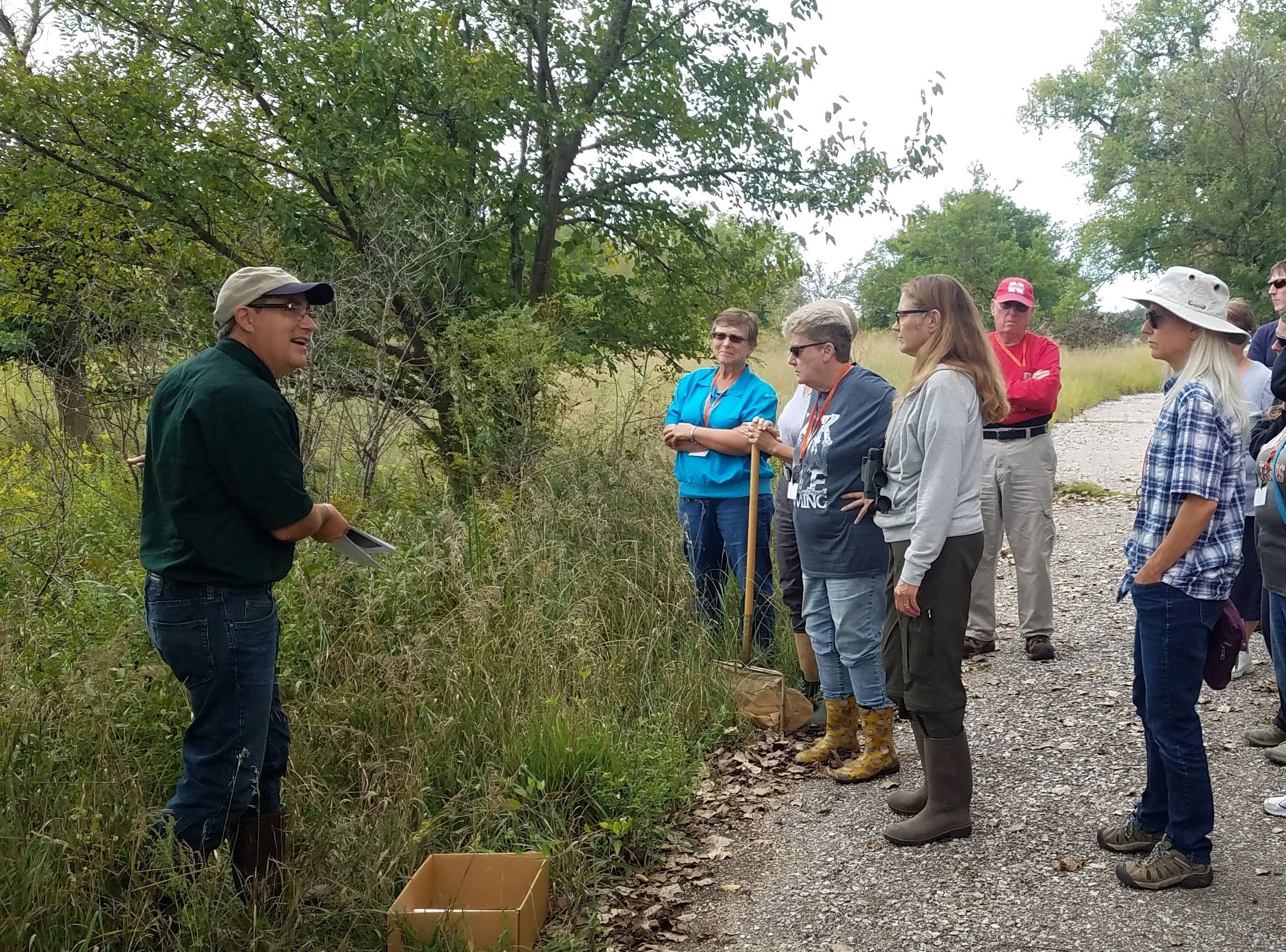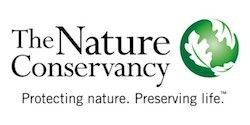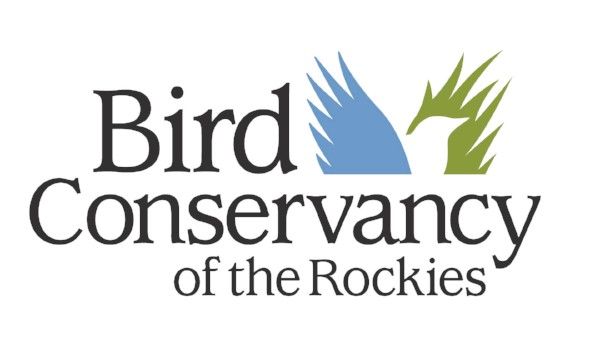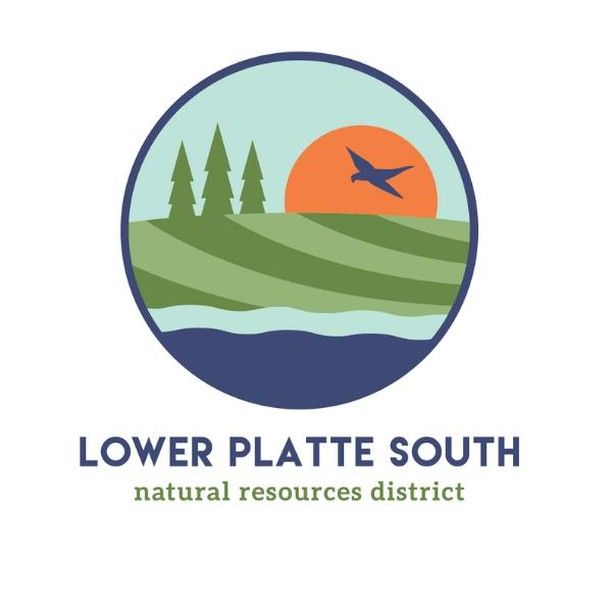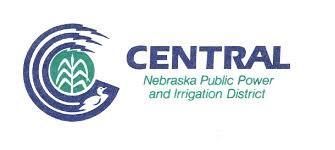WASHINGTON – Today, April 19, 2024, the U.S. Environmental Protection Agency (EPA) is taking another step in its efforts to protect people from the health risks posed by exposure to “forever chemicals” in communities across the country. Exposure to per-and polyfluoroalkyl substances (PFAS) has been linked to cancers, impacts to the liver and heart, and immune and developmental damage to infants and children. This final rule will designate two widely used PFAS chemicals, perfluorooctanoic acid (PFOA) and perfluorooctanesulfonic acid (PFOS), as hazardous substances under the Comprehensive Environmental Response, Compensation, and Liability Act (CERCLA), also known as Superfund, and will help ensure that polluters pay to clean up their contamination.
This final action will address PFOA and PFOS contamination by enabling investigation and cleanup of these harmful chemicals and ensuring that leaks, spills, and other releases are reported. This action builds on the recently finalized standards to protect people and communities from PFAS contamination in drinking water and represents the latest step the Biden-Harris Administration is taking to protect public health and welfare and the environment under EPA’s PFAS Strategic Roadmap and to prevent cancer before it starts through the Biden Cancer Moonshot.
In addition to the final rule, EPA is issuing a separate CERCLA enforcement discretion policy that makes clear that EPA will focus enforcement on parties who significantly contributed to the release of PFAS chemicals into the environment, including parties that have manufactured PFAS or used PFAS in the manufacturing process, federal facilities, and other industrial parties.
“President Biden understands the threat that “forever chemicals” pose to the health of families across the country. That’s why EPA launched its PFAS Strategic Roadmap, a whole-of-agency approach to protecting public health and addressing the harm to communities overburdened by PFAS pollution,” said EPA Administrator Michael S. Regan. “Designating these chemicals under our Superfund authority will allow EPA to address more contaminated sites, take earlier action, and expedite cleanups, all while ensuring polluters pay for the costs to clean up pollution threatening the health of communities.”
EPA is taking this step to designate PFOA and PFOS under CERCLA because both chemicals meet the statutory criteria for designation as hazardous substances. Under the rule, entities are required to immediately report releases of PFOA and PFOS that meet or exceed the reportable quantity of one pound within a 24-hour period to the National Response Center, State, Tribal, and local emergency responders. The designation of PFOA and PFOS as hazardous substances under CERCLA enables the agency to use one of its strongest enforcement tools to compel polluters to pay for or conduct investigations and cleanup, rather than taxpayers. Designation is especially important as delay in addressing contamination allows PFOA and PFOS more time to migrate in water and soil, worsening existing contamination.
The final rule also means that federal entities that transfer or sell their property must provide notice about the storage, release, or disposal of PFOA or PFOS on the property and guarantee that contamination has been cleaned up or, if needed, that additional cleanup will occur in the future. It will also lead the Department of Transportation to list and regulate these substances as hazardous materials under the Hazardous Materials Transportation Act.
“It’s long past time for the polluters who poisoned all of us to be held responsible. This comes too late for all the people who were poisoned without their knowledge or consent and have paid the price for one of the greatest environmental crimes in history,” said Ken Cook, President and co-founder of Environmental Working Group. “But today’s designation of PFOA and PFOS as hazardous substances is the first step to bring justice to those who have been harmed. By putting the needs of the people ahead of the profits of the polluters, the Biden EPA is once again delivering for the American people.”
This final action is based on significant scientific evidence that these substances, when released into the environment, may present a substantial danger to public health or welfare or the environment. PFOA and PFOS can accumulate and persist in the human body for long periods of time, and evidence from scientific studies demonstrate that exposure to PFOA and PFOS is linked to adverse health effects.
“This is another important step by EPA to protect people and communities from harmful PFAS chemicals, including legacy PFAS contamination across the U.S. The science is clear that PFAS chemicals are linked to a wide range of health harms including cancer, damage to cardiovascular and immune systems, poor pregnancy outcomes, and effects on the developing child,” said Dr. Tracey Woodruff, Professor & Director, Program on Reproductive Health & the Environment (PRHE)/Environmental Research and Translation for Health at the University of California, San Francisco. “By listing PFOA and PFOS as hazardous substances under the Superfund Law, it means that these chemicals will have to be cleaned up from hazardous waste sites and polluters must pay the bill. This is great news for the many communities grappling with PFAS contamination – many of which are also low income and communities of color. This is another step toward protecting people from the health harms of this well-known toxic chemical.”
EPA’s Superfund program has worked effectively for more than 40 years to target and prioritize cleanups of the nation’s most contaminated sites that present unacceptable risks to human health and the environment. The Superfund program addresses more than 800 hazardous substances, including widespread, highly mobile, and persistent chemicals, like PFOA and PFOS. The program also promotes safer industrial practices that enhance community protections by reducing the likelihood of future releases. Additionally, cleanups allow communities to put land back into productive use, providing opportunities for jobs and economic growth.
In addition, EPA’s enforcement policy, consistent with EPA’s past practice over decades of implementing the law, will provide additional clarity on the agency’s intent not to pursue certain parties such as farmers, municipal landfills, water utilities, municipal airports, and local fire departments, where equitable factors do not support seeking CERCLA cleanup or costs. EPA has a proven track record of developing and applying enforcement discretion policies that are effective and well-received by stakeholders, ensuring entities that have contributed significant contamination are held accountable.
Biden-Harris Administration Takes Critical Action to Protect Communities from PFAS
In addition to efforts across the government, EPA has taken action under the agency’s PFAS Strategic Roadmap to control PFAS at its sources, hold polluters accountable, ensure science-based decision making, advance environmental justice, and address the impacts on disadvantaged communities. Since launching the Roadmap in 2021, EPA has taken a suite of actions to protect communities from exposure to “forever chemicals” including:
- Established first-ever national legally enforceable drinking water standard for PFAS: In April 2024, EPA finalized National Primary Drinking Water Regulation (NPDWR) for six PFAS which will protect 100 million people from PFAS exposure, prevent tens of thousands of serious illnesses, and save lives. This action complements the Biden-Harris Administration’s commitment to combatting PFAS pollution and delivering clean water.
- Dedicated $9 billion in funding to address PFAS and other emerging contaminants in drinking water: President Biden’s Bipartisan Infrastructure Law secured the largest-ever investment in tackling PFAS pollution in drinking water. An additional $12 billion in funding from the Bipartisan Infrastructure Law supports general drinking water investments, including PFAS treatment. The investments are part of the Justice40 Initiative, which aims to ensure that 40 percent of the overall benefits of certain federal investments flow to disadvantaged communities.
- Guidance on Destroying and Disposing of PFAS: EPA released updated Interim Guidance which outlines the best-available science on techniques and treatments that may be used to destroy or dispose of PFAS and PFAS-containing materials from non-consumer products, including aqueous film-forming foam for firefighting, and highlights innovation and emerging technologies that warrant further evaluation.
- Addressing on-going uses of PFAS: In January 2024 EPA finalized a rule that prevents companies from starting or resuming the manufacture or processing of 329 PFAS; released three methods to better measure PFAS in the environment; and announced the addition of seven PFAS to the list of chemicals covered by the Toxics Release Inventory (TRI), consistent with the Fiscal Year 2020 National Defense Authorization Act.
EPA will publish the Final Rule in the Federal Register shortly. The rule will be effective 60 days after the rule is published in the Federal Register.
Read more about the CERCLA final rule here.
Read EPA’s CERCLA Enforcement Discretion Policy here.
Read more about EPA’s strategy to address PFAS here.
Read more about EPA’s Superfund program here.
Read more about the Superfund Enforcement Program here.




